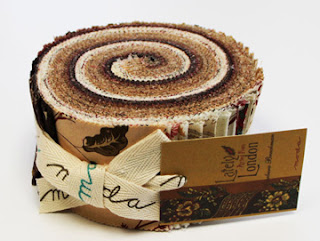The symmetries are odd and the striped fabric
makes the four patch more intricate. The fabrics look mid-20th century.
In my Encyclopedia of Pieced Quilt Patterns it's closest to patterns numbered in the 1280s or 1370s, four patches with diagonal seams, but it's not been published in the usual 1880-1970 sources.
(BlockBase is the digital version of the Encyclopedia)
Here's another odd block separated by sashing that looks to have been stitched in the early 20th century.
The basic structure is what I call a 9x and it should be in the Encyclopedia and BlockBase numbered 2770 to 2800.
But it's not.
Here's a simple block, sort of like a pineapple/maltese cross with only one row around the center square.
A good idea, especially when shaded in counterchange fashion with what's light in one block dark in the next.
Wait a minute, here's an unsual pattern that I could assign a name and a source to. Nancy sent this picture of a top she bought, two fabrics---that 1930s Nile green and a multi-colored print.
The piecer also used a counterchange color scheme, which makes it more complex.
I generally find designs prior to 1970 in the Encyclopedia and BlockBase. It's the patterns I can't find there that are so fascinating to me.




































